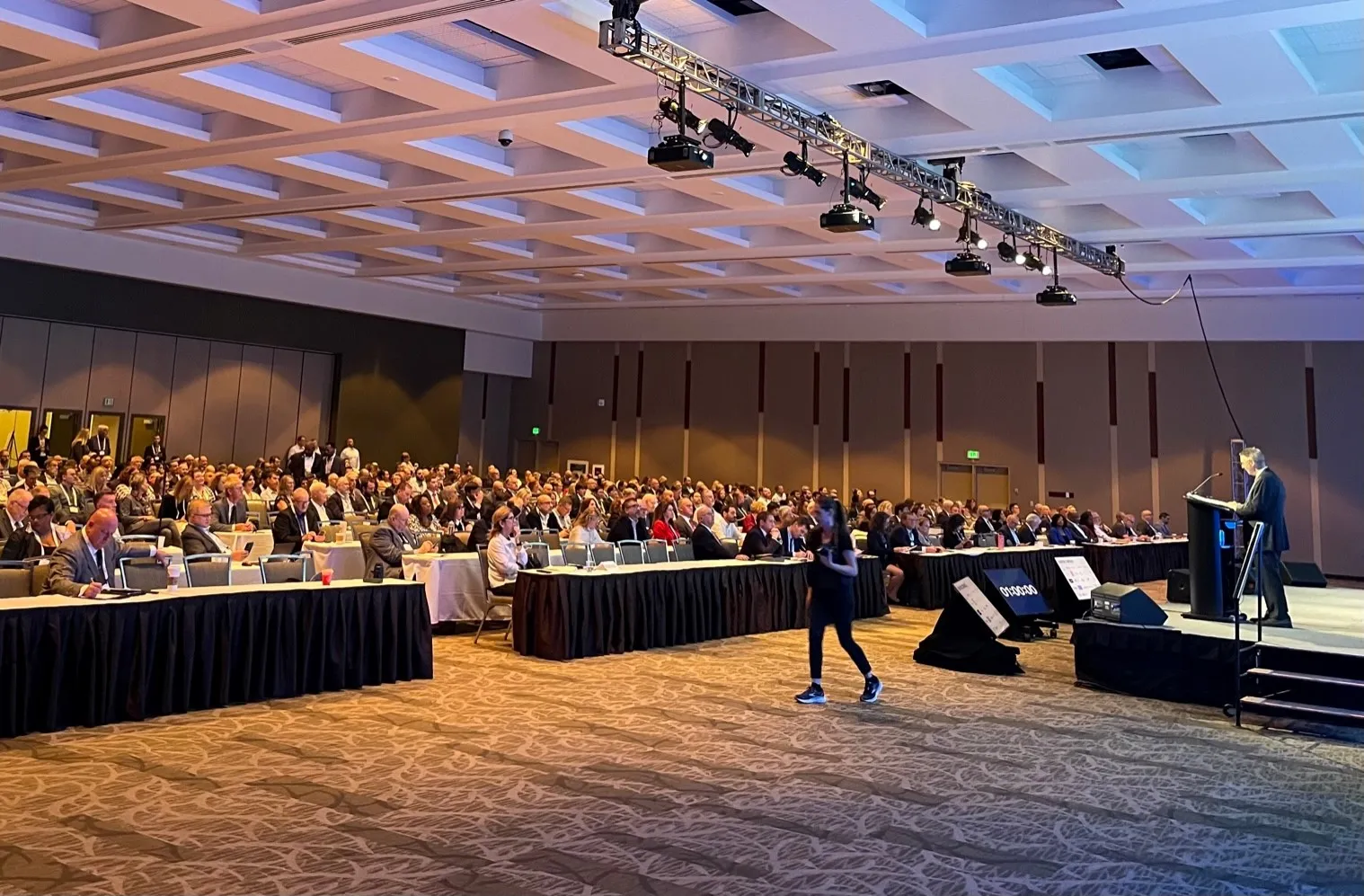The Intelligent Transportation System (ITS) at the George Washington Bridge (GWB), first installed in 1997, is to be replaced by the Port Authority of New York and New Jersey as part of a road improvements being planned throughout the region. The ITS provides information on traffic conditions, estimated travel times, and lane restrictions to motorists via electronic signs on roads leading to the GWB. An estimated 101 million vehicles crossed the world’s busiest crossing in both directions in 2011. Work on t
November 16, 2012
Read time: 3 mins
The Intelligent Transportation System (ITS) at the George Washington Bridge (GWB), first installed in 1997, is to be replaced by the 1698 Port Authority of New York and New Jersey as part of a road improvements being planned throughout the region.
The ITS provides information on traffic conditions, estimated travel times, and lane restrictions to motorists via electronic signs on roads leading to the GWB. An estimated 101 million vehicles crossed the world’s busiest crossing in both directions in 2011.
Work on the early-action item of replacing the eight electronic ITS signs on the New York and New Jersey approaches to the George Washington Bridge is expected to commence by the end of 2012 and be complete by the end of 2013. The entire ITS is scheduled to be replaced in approximately four years.
Message signs are located on state highways on both sides of the bridge, so the Port Authority is working closely with the New York State and New Jersey Departments of Transportation on the project.
The ITS will help reduce congestion by informing motorists of traffic conditions in advance so they can plan accordingly. Reduced congestion helps speed motorist travel times, while also benefiting the environment by cutting emissions.
“Replacing the existing ITS at the George Washington Bridge is consistent with one of the Port Authority’s main priorities, which is to keep people and goods moving throughout our region,” said Port Authority Chairman David Samson. “The world’s busiest bridge crossing and the motorists who use it will benefit greatly from a new, upgraded ITS as our region prepares to host the 2014 Super Bowl.”
“By providing motorists real time traffic information about the George Washington Bridge, the new ITS will allow them to plan accordingly,” said Port Authority Executive Director Pat Foye. “It will assist the people who live and work in the region for years to come by reducing delays and emissions from traffic backups.”
“Our decision to replace the ITS is part of the Port Authority’s ongoing effort to deliver solutions for the people of our region,” said Port Authority Deputy Executive Director Bill Baroni. “The Super Bowl is one of the premiere sporting events in the world and it will attract visitors who will help boost our local economies. The new ITS will ensure we are ready for them.”
The ITS provides information on traffic conditions, estimated travel times, and lane restrictions to motorists via electronic signs on roads leading to the GWB. An estimated 101 million vehicles crossed the world’s busiest crossing in both directions in 2011.
Work on the early-action item of replacing the eight electronic ITS signs on the New York and New Jersey approaches to the George Washington Bridge is expected to commence by the end of 2012 and be complete by the end of 2013. The entire ITS is scheduled to be replaced in approximately four years.
Message signs are located on state highways on both sides of the bridge, so the Port Authority is working closely with the New York State and New Jersey Departments of Transportation on the project.
The ITS will help reduce congestion by informing motorists of traffic conditions in advance so they can plan accordingly. Reduced congestion helps speed motorist travel times, while also benefiting the environment by cutting emissions.
“Replacing the existing ITS at the George Washington Bridge is consistent with one of the Port Authority’s main priorities, which is to keep people and goods moving throughout our region,” said Port Authority Chairman David Samson. “The world’s busiest bridge crossing and the motorists who use it will benefit greatly from a new, upgraded ITS as our region prepares to host the 2014 Super Bowl.”
“By providing motorists real time traffic information about the George Washington Bridge, the new ITS will allow them to plan accordingly,” said Port Authority Executive Director Pat Foye. “It will assist the people who live and work in the region for years to come by reducing delays and emissions from traffic backups.”
“Our decision to replace the ITS is part of the Port Authority’s ongoing effort to deliver solutions for the people of our region,” said Port Authority Deputy Executive Director Bill Baroni. “The Super Bowl is one of the premiere sporting events in the world and it will attract visitors who will help boost our local economies. The new ITS will ensure we are ready for them.”









